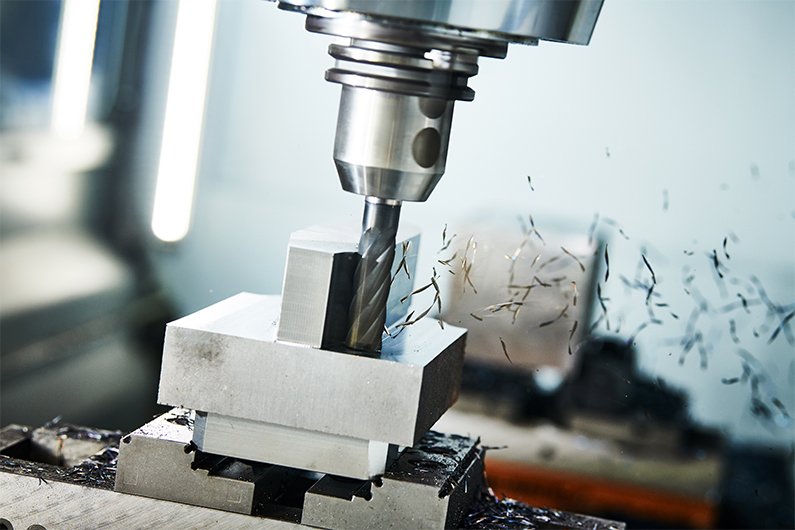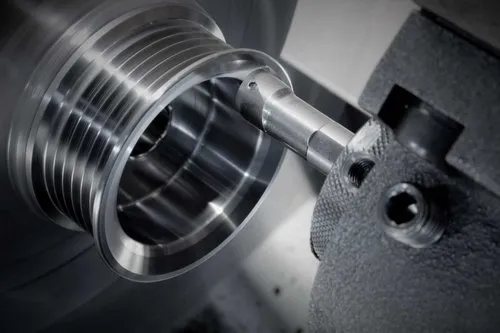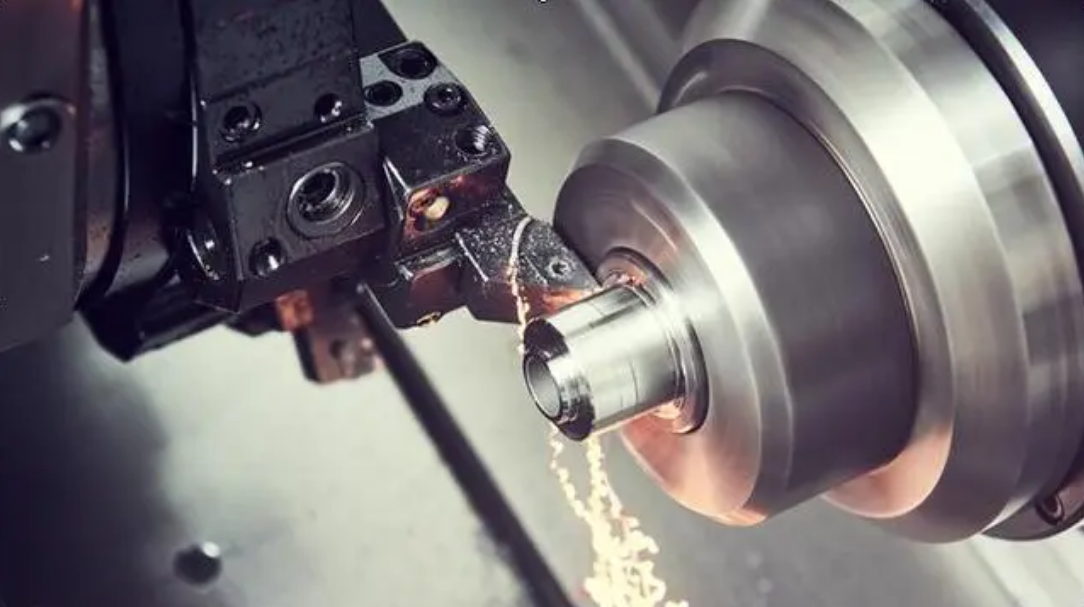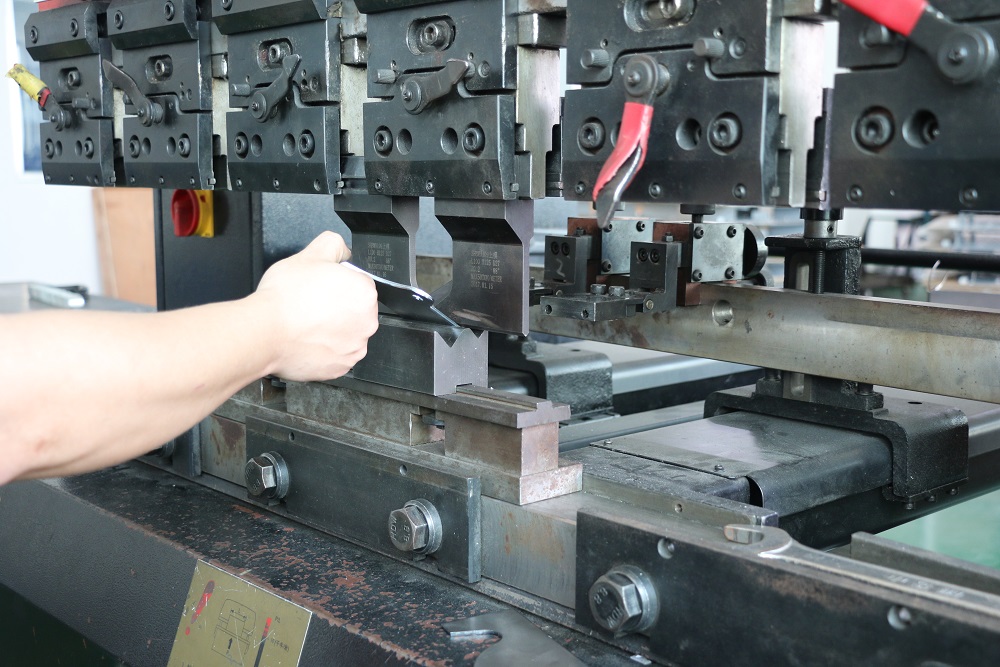CNC transforms precision manufacturing through accuracy, efficiency, versatility, safety, and innovation, driving industry evolution.
Redefine Precision
CNC Technology has transformed the world of precision manufacturing in many ways. Unlike traditional methods that use manual procedures, it relies on computerized systems to automate the machining process. CNCs have been popularly-used across various industries because it enhances accuracy, repeatability, and efficiency in the production of complex components. The following is an analysis of the benefits of using CNC machining over the traditional procedure.
Enhanced accuracy and consistency
All CNC systems are built using computer software that is used as a guide for every machining operation. Unlike manual procedures where workers estimate and compute the requirements of particular components, these machines can be fed with exact details before executing any plan. Execution of operations is, as thus, guided by computer programs, which guarantees a high level of accuracy. Machining is conducted within tolerances of 0.001 to 0.0001 inches. Besides, since CNC machining relies on preset parameters, multiple pieces will have the same quality. Secondary operations are also conducted with high precision and less wastage.
Streamlined production processes
The use of CNC machining can help operation managers streamline production processes. This equipment can work consistently without the need for breaks. By avoiding manual operations that require the presence of an operator, CNC machines can run 24 hours a day. In addition, they need not worry about switching tools because it is easier to adjust them after they stop functioning. This way, downtime only ensues after production has been completed.
Increased innovation in product development
Finally, the use of CNC technology has enabled firms to design highly-intricate products at affordable rates. Since the configuration of the movement axis and the creation of innovative shapes and sizes is simple, designers and engineers are currently coming up with products that were previously deemed impossible. Worthy highlighting is the fact that when it comes to actual production, the devised designs are exact.
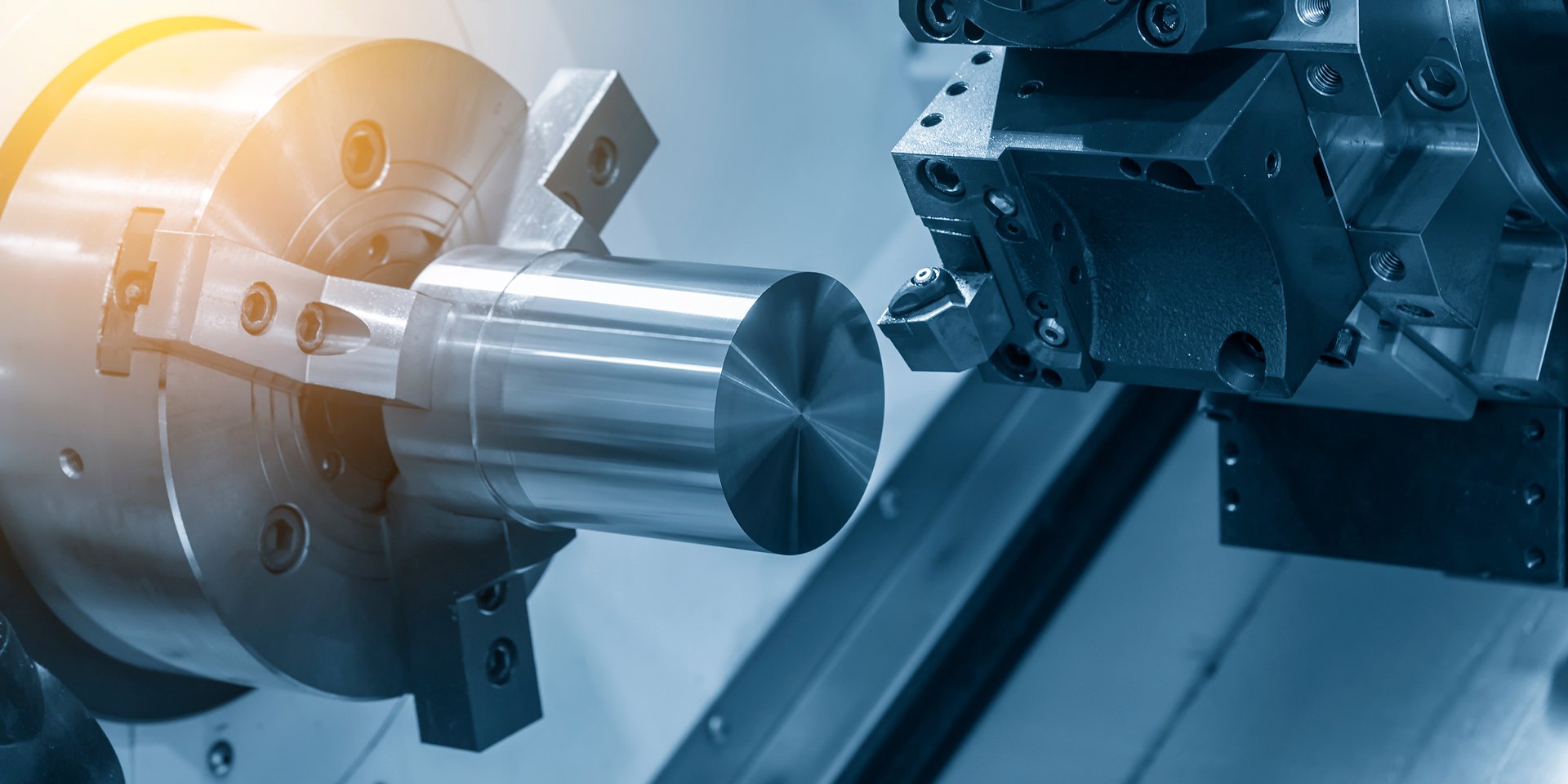
Best efficiency
CNC technology has become one of the most efficient ways of carrying out manufacturing processes that demand high levels of precision. As opposed to conventional methods reliant on limited processes and manual labor, this method can automate the production of part prototypes or components. CNC technology employs computerized controls at every step of the production process, making it more efficient than traditional methods. This paper will discuss the benefits of using CNC technology to manufacture parts or components of any complexity.
Faster Production
CNC machining is considerably faster and requires less time than traditional manufacturing methods. For this type of machining, part prototypes or components are defined and programmed through computer software, and from there, CNC machines can execute their applications . As a result, if part prototypes that need to be produced with the help of manual labor were ready in days, CNC technology can increase the production speed twofold, making parts of even the same complexity within mere hours.
Less Material Waste
When being produced with the help of CNC machinery that functions similarly to a 3D printer device, less material is wasted overall. Thus, using this kind of machinery reduces the necessity to cut away the excess material, sometimes used for reinforcement or support, and as a result, manufacturing parts or components using CNC technology results in less waste of raw materials, up to 50% .
24/7 Operation
A considerable benefit of employing CNC technology is that its machinery does not have to take breaks to rest or recover as human labor does. Therefore, CNC machinery can work 24 hours per day, 7 days per week, continuously producing high-quality parts, and components at anything from night-time to days off.
Augmented Accuracy and Consistency
Another benefit of using CNC machinery instead of other production methods is that material is cut as tasked in the program, meaning that only an allowed margin of inconsistency can occur. Thus, manufacturing part prototypes with the help of CNC technology ensures that every component matches the programmed measurements.
Unleash versatility
The CNC technology is highly versatile in the contemporary aspect of precision manufacturing. The later technology provides equipment precise control, which can machine any shape, size, or material to meet any industry demand. There are many examples explaining how CNC machines are versatile, such as:
Multi-axis
Many types of CNC machines are versatile because they have multi-axis machining . Linear movements in traditional CNC machining limit the ability to create shapes and contours of the machined items. A 5-axis CNC can move the cutting tools in five axes simultaneously, which enables you to machine complex geometries.
Material
CNC machining is also versatile in material compatibility. The equipment is capable of machining all the various metals, such as low carbon, alloy, stainless , titanium, and exotic. The equipment cuts the material within specifications to form the desired shapes to suit the industrial demand. CNC machining is compatible with lots of plastics and composites that serve varieties of medical devices and industries.
Rapid prototyping and customization
The equipment are versatile in the aspect that the technology responds quickly to market changes. If a manufacturer wants to modify items in the farm, the CNC equipment design the items within a considerable short time and fabricates the exact required items as demanded. CNC technology meets market deadlines by designing and fabricating market demand items for rapid entry. Manufacturers use the CAD/CAM software to design any item, translate the design into a physical product, and design and fabricate the product rapidly. CNC machining can also machine other items as manufacturers shift from one product to another.
Case study of use
For instance, medical devices have become very competitive in the aspect of versatility due to the many uses of CNC machining. CNC application in the medical device has facilitated the formation of invasive surgical parts to surgical instruments and implants or prosthetics. All these parts are cut to perfection and shape to ensure that they meet the high demand for medical industry criteria. All the medical devices are fabricated by cutting the materials to specific requirements and specification material. All the devices fabricated through CNC machining are cut to serve the demands of individual patients. The aspect of CNC machining being able to cut a variety of materials to specific shapes to suit individual demands is versatile enough to meet demand choice.
Integration with any additive manufacturing
CNC machining is also versatile because it can be integrated with any additive form of manufacturing. CNC technology is fabulous despite the current competition because it is capable of doing anything needed and in any technology. Integration of CNC technology with any additive form of technology can form any needed shape from any material. For instance, 3D printing can create a box with all the necessary specifications while CNC technology can make the box better with additional finishing and coating not provided by 3D printing.

Simplify security
CNC technology plays a significant role in simplifying security activities for precision manufacturing. Thanks to a set of powerful security measures and protocols embedded in the CNC systems, manufacturers can now remain confident that the data, given to CNC operators, are safely encrypted and no one can access the shipment schedule or part and project designs . Below, some of such protocols and distinctive characteristics of CNC beneficial for security are discussed.
Encryption and Access Control
Primarily, CNC encryption ensures that the data pertaining to part designs, machines programs, and production schedule are securely encrypted and not subject to unauthorized access. Thanks to encryption, CNC data can hardly be intercepted or reverse-engineered. Additionally, access to the CNC system is closed from unauthorized users using passwords, personal identification numbers (PINS), and machines protected using such authentication means as multi-factor authentication, biometric identification, and security badges. Thus, only appropriate personnel, possessing all required safeguards for the CNC machines, will be able to use the machining programs and adjust the machine settings. Not that the key encryptions and protocols used in the CNC are secure and safe only so far operator put the subsidies in use.
Remote Monitoring and Surveillance
CNC systems, installed in the manufacturing facility, allow watching the part machining around the globe. Thus, the system services as a remote platform for machine data, using secure connection and channels. Moreover, due to the delivery of real-time alerts and signals, CNC machines integrate the built-in camera functionality to secure the production room. Additionally, as any other application employing essential surveillance instruments, CNC is profoundly effective in avoiding unauthorized access to the CSN room.
Digital Rights Management
Another measure, which aids in protecting the data and intellectual property in CNC machines, is Digital Rights Management, preventing the inappropriate use of the purchased machining programs, designs, and alike. They are often featured with “take control relay” functionality and are securely protected from reverse-engineering or copying. Note that CNC software may contain digital certificates to validate the origin of the info once trying to collate any fabrication or module manufacturing.
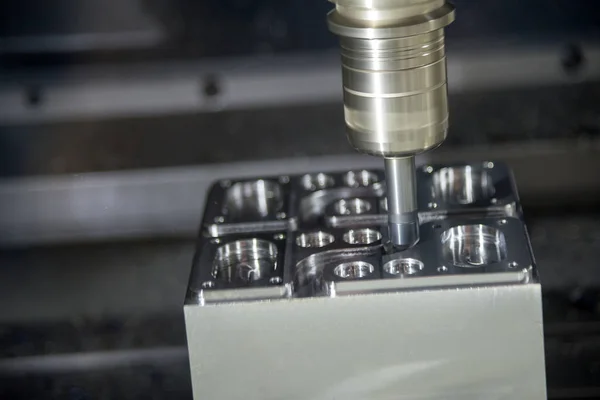
Innovation in action
CNC (Computer Numerical Control) technology has enabled several advances in precision manufacturing, including innovations in design complexity, production efficiency, and product quality. Through years of innovation and technological advancements, CNC machining applications have been on an evolutionary process. This has fundamentally changed the way components and products are made and has pushed boundaries on what is possible to be manufactured. For instance, hydraform bricks machines utilize CNC technology to build structures with intricate and complex designs.
Advanced Tooling and Machining Techniques
Innovative tooling and machining techniques have revolutionized CNC manufacturing, allowing for the processing of complex and intricate parts with extreme precision. For example, high-speed machining techniques combined with advanced cutting tool materials and coatings allow for CNC tools to travel at accelerated speeds while maintains correct dimensions and surface finish. The use of diamond-coated tools has improved tool life and production efficiency, reducing the costs of machining and cycle times.
Integration of AI and Machine Learning
CNC systems have always been at the forefront of manufacturing innovation and with the integration of AI and machine learning algorithms, adaptive machining and process optimization has become available. AI-powered CNC machines can adapt cutting parameters based on real-time sensor data and historical machine tool performance. Machine learning algorithms analyze and interpret patterns from big machining data, allowing predictive maintenance and optimization of all manufacturing processes.
Additive Manufacturing Integration
The integration of additive manufacturing technologies with CNC machining has also opened opportunities to hybrid manufacturing techniques. Combining additive and subtractive advantages allows manufacturers to take advantage of the best of both worlds strategy. CNC machines with hybrid manufacturing capabilities can finish 3D printed parts to tight tolerances which are often difficult to impart with AM alone.
Industry 4.0 and Digital Connectivity
The development of Industry 4.0 marked the age of digital connectivity and smart manufacturing in CNC operations. CNC machines are interconnected with the help of the Internet of Things and cyber-physical systems to other manufacturing equipment and enterprise systems. The availability of real-time tools allowed assisting data exchange and production process monitoring in real time. Such digital connectivity allows adapting manufacturing strategies, agile production planning, and responsive supply chain management. General, the digital connectivity that was afforded by Industry 4.0 increased CNC’S manufacturing innovation and competitive advantage in the global market.
Case Study: CNC in Aerospace Manufacturing
If you want to see the CNC’S innovation in action, you should check out the aerospace manufacturing industry. Since the manufacture of Aerospace parts and components requires advanced quality standards and complicated part geometries, aerospace manufacturers were first to capitalize on CNC technology.
In the aerospace manufacturing industry, CNC machines with multi-axis and advanced automation systems are used to machime turbine blades and structural airframe components. Improvements in engineering, material, tooling, and process optimizations allowed the aerospace manufacturers to produce critical parts with great accuracy, reduced lead times, and production costs. Moreover, cnc innovation ensures the increased performance and safety of air systems. The aerospace manufactruing industry is one of the best examples of CNC innovation in action.

